Breast cancer infographic
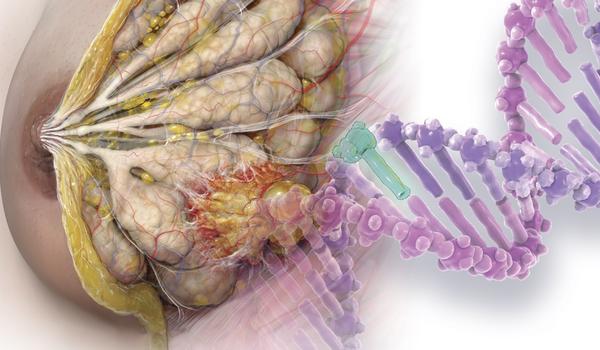
Who gets breast cancer?
Breast cancer is the most common cancer among women worldwide (except for skin cancer), accounting for 1 in 4 of all cancers in women.1 Although there are several risk factors for breast cancer (aging, alcohol, select hormone therapy after menopause, etc), 5% to 10% of all cases can be linked to inherited defects (mutations) in certain genes, such as BRCA1 and BRCA2.2 Screening mammograms can often help detect breast cancer early.
Patient prognosis
Although breast cancer is the leading cause of cancer death in women, the number of breast cancer survivors continues to grow with earlier detection and better treatment.1,2 Physicians may use several different types of therapies—often in combination—to manage breast cancer. With standard treatment, 93% to 100% of patients with localized disease (Stage 0, I, or II), 72% with regional disease (Stage III), and 22% with metastatic disease (Stage IV) will survive at least 5 years after diagnosis.2
Major types of breast cancer
-
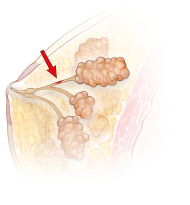
-
Ductal carcinoma in situ—A type of early breast cancer that starts in the milk ducts and does not spread into the surrounding breast tissue
-
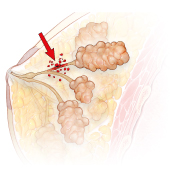
-
Invasive ductal carcinoma—The most common type of breast cancer. Disease starts in the milk ducts but grows into the fatty breast tissue
-
- Lobule
-
Invasive lobular carcinoma—A less common type of breast cancer that starts in the milk-producing glands (lobules) and grows into the fatty breast tissue
Hormone and HER2 status
Breast cancers are sometimes classified based on the hormone receptors (estrogen receptor, progesterone receptor) and other proteins (HER2) expressed on diseased cells. Cancers that heavily express these proteins may respond well to hormone therapy and/or drugs that target HER2.
Types of therapy

Surgery
Most women with breast cancer have some type of surgery to remove one or more breast tumors and surrounding lymph nodes.

Radiation
Often given after surgery to help reduce the risk of cancer recurrence in the breast or nearby lymph nodes.
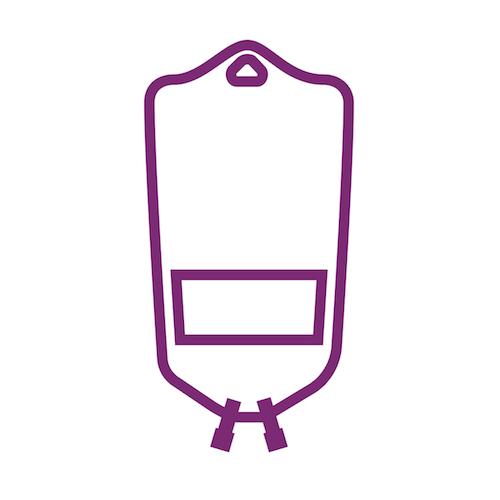
Chemo-therapy
Involves treatment with cancer-killing drugs that travel through the bloodstream to reach cancer cells in different parts of the body.

Hormone therapy
Often used in women with hormone receptor–positive cancer to prevent estrogen from promoting cancer growth.
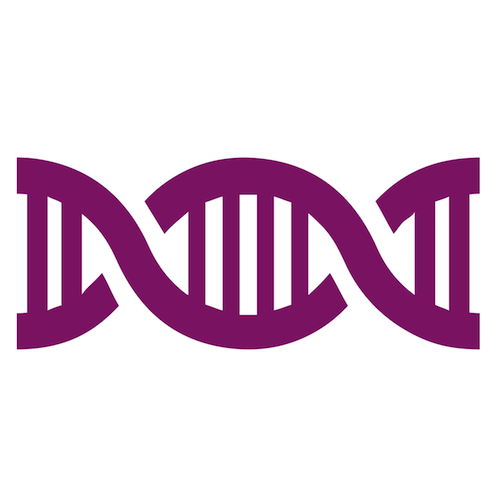
Targeted therapy
Involves the use of specially designed drugs that target the gene defects (mutations) in cells that cause breast cancer.

Bone-directed therapy
Sometimes given to lower the risk of fractures (breaks) and pain in bones weakened by metastatic disease.
Focus on chemotherapy
Chemotherapy is used to treat nearly all invasive breast cancers. Common chemotherapy drugs used in breast cancer include:
- Anthracyclines (doxorubicin, epirubicin), which work by interfering with DNA replication
- Taxanes (docetaxel, paclitaxel), which work by interfering with how cancer cells divide
- Others (capecitabine, cisplatin, vinorelbine), which have other toxic effects